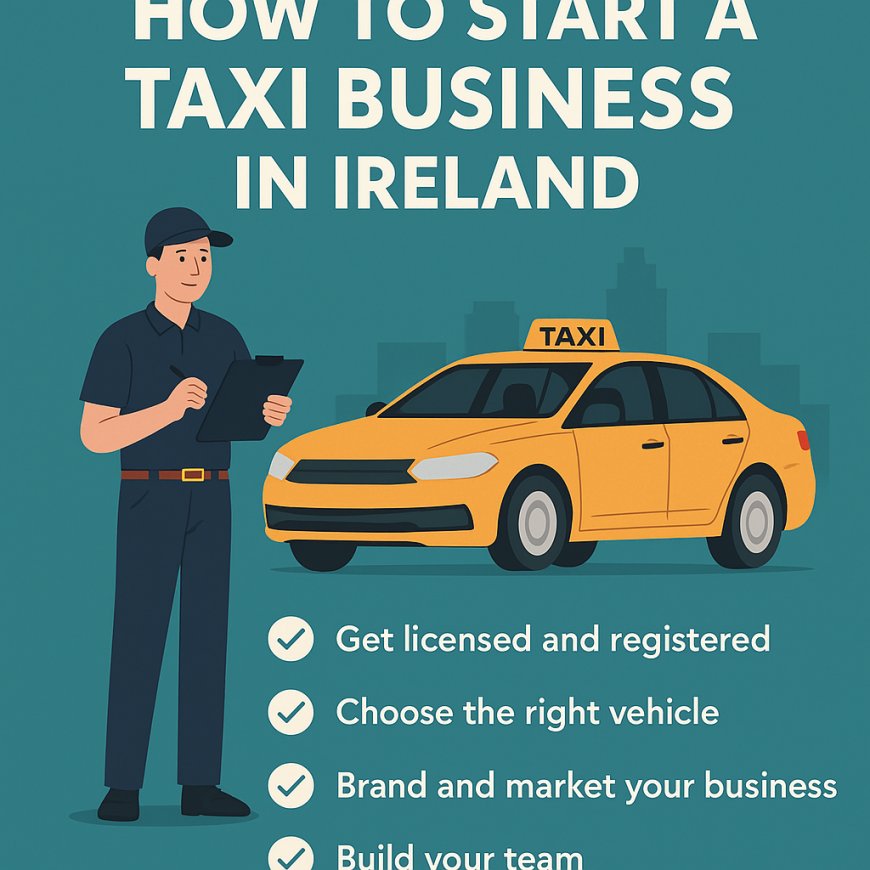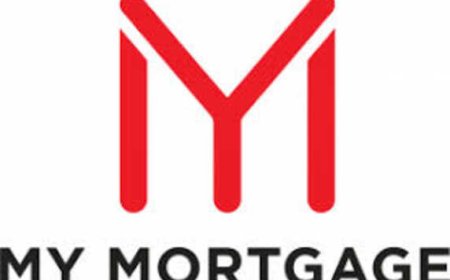How To Start A Taxi Business In Ireland
Starting a Taxi Business in Ireland is a great move with high demand in cities like Dublin and Cork. To begin, get licensed through the NTA, choose a reliable vehicle, register your business, and market it well.

So, you're thinking about starting a taxi business in Ireland? Thats a solid idea! With tourism booming, students hopping around towns, and locals always on the move, the demand for reliable transport in Ireland is stronger than ever. Whether its Dublin, Cork, or Galway, people always need a lift.
The taxi world might seem competitive, but with the right setup, smart planning, and customer-first mindset, your business can ride smoothly.
Lets break it down and help you figure out how to start a taxi business in Ireland, step by step.
Why Ireland?
Before we jump into the logistics, lets look at why Ireland is a good place to start your taxi business.
-
High urban mobility: Cities like Dublin are always buzzing.
-
Tourism: With millions of visitors every year, taxis are in constant demand.
-
Digital adoption: More people are using taxi apps for convenience.
-
Supportive regulations: Ireland has clear, accessible rules for taxi operators through the National Transport Authority (NTA).
So if you're wondering how to set up a taxi company in Ireland, you're in the right place at the right time.
Step 1: Decide on Your Business Model
Start by asking yourself:
Do I want to drive, manage a fleet, or both?
Here are a few popular options:
-
Solo driver-owner
Ideal if you want to keep things simple and cost-effective. -
Taxi fleet business
Great for scaling. You manage multiple vehicles and drivers. -
App-based taxi service
Compete with the likes of Uber and Bolt using your own app or white-label solutions.
Each option has its pros and cons. Going solo gives you control, but managing a fleet can bring in more revenue. Choose what fits your goals, budget, and lifestyle.
Step 2: Get Licensed and Registered
In Ireland, taxis are regulated by the National Transport Authority (NTA). To start operating legally, youll need:
-
SPSV license (Small Public Service Vehicle)
This is a must for any taxi, hackney, or limousine. Your car needs to pass an NTA inspection. -
Taxi driver license
Also called the SPSV driver licence. To get this, you'll need to pass the SPSV Entry Test. More details can be found on the NTA website. -
Insurance
This isnt your standard car insurance. Youll need SPSV insurance that covers commercial passengers. -
Tax registration
Register as a sole trader or a company with Revenue. Make sure youre VAT-compliant if your turnover exceeds thresholds.
Step 3: Choose the Right Vehicle
This is where first impressions count. Your car must:
-
Be less than 10 years old
-
Pass the NTA suitability test
-
Have proper signage (roof sign, decals)
-
Be wheelchair accessible (if targeting inclusive services)
Pro tip: Go for hybrid or electric vehicles. They're eco-friendly, cheaper to run, and may qualify for government incentives.
Step 4: Branding and Marketing
If youre starting your own fleet or app-based service, branding is key.
-
Create a catchy business name
Something simple and easy to remember. -
Build a website
A clean, mobile-friendly site with booking options adds credibility. -
Social media presence
Use Facebook, Instagram, and Google Business to attract local customers. -
Local SEO
Optimize your website with terms like "Taxi Business in Ireland" so people find you when they search.
Step 5: Get On The Road Or Build Your Team
If youre driving yourself, youre good to go once youre licensed and insured.
For fleet owners:
-
Hire licensed drivers with clean driving records.
-
Set up systems for scheduling, dispatching, and communication.
-
Use GPS and tracking for safety and efficiency.
Some entrepreneurs even use apps like TaxiCaller, CabGrid, or build a custom app to manage bookings digitally.
Step 6: Stay Compliant and Keep Improving
Once youre operational, youll need to keep everything up to date:
-
Renew licenses and insurance on time
-
Keep vehicles maintained and clean
-
Monitor customer feedback
-
Train drivers regularly on safety and customer service
Running a taxi business isnt just about moving peopleits about creating a service that people trust and rely on.
Real-World Example: A Taxi Business That Clicked
John, a former delivery driver in Galway, started with one hybrid car in 2020. He passed the SPSV test, branded his service as "GreenWay Cabs", and promoted it locally. Two years later, he operates five vehicles and has a 4.9-star rating on Google.
His secret? Friendly service, fair pricing, and an easy-to-use app for local bookings. His story shows how you can grow a taxi business in Ireland from the ground up.
Tips To Stand Out
-
Offer loyalty programs for regular customers
-
Use dashcams for added safety
-
Accept card and digital payments
-
Partner with hotels or local businesses
Little things go a long way when youre building customer trust.
Conclusion
Starting a taxi business in Ireland isnt just about getting behind the wheelits about navigating the system, building your brand, and offering great service every time. From getting the right licenses to choosing the best car and setting up a smart business model, theres a lot to consider.
But heres the thing: if you take your time, stay informed, and commit to top-notch service, youll build something that lasts.
So whether you're thinking about going solo or planning to launch your own fleet, now you know how to start a taxi business in Ireland the right way. With people always on the move and the demand for reliable transport rising, theres plenty of room to grow.
If you're still wondering how to set up a taxi company in Ireland, start small, stay legal, listen to your customers, and drive your business forwardone ride at a time.











































